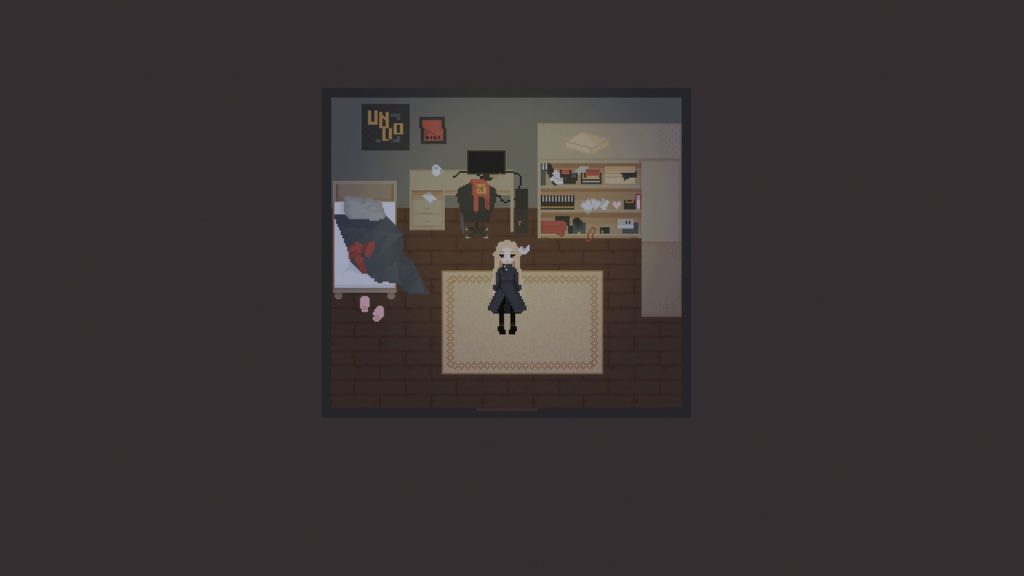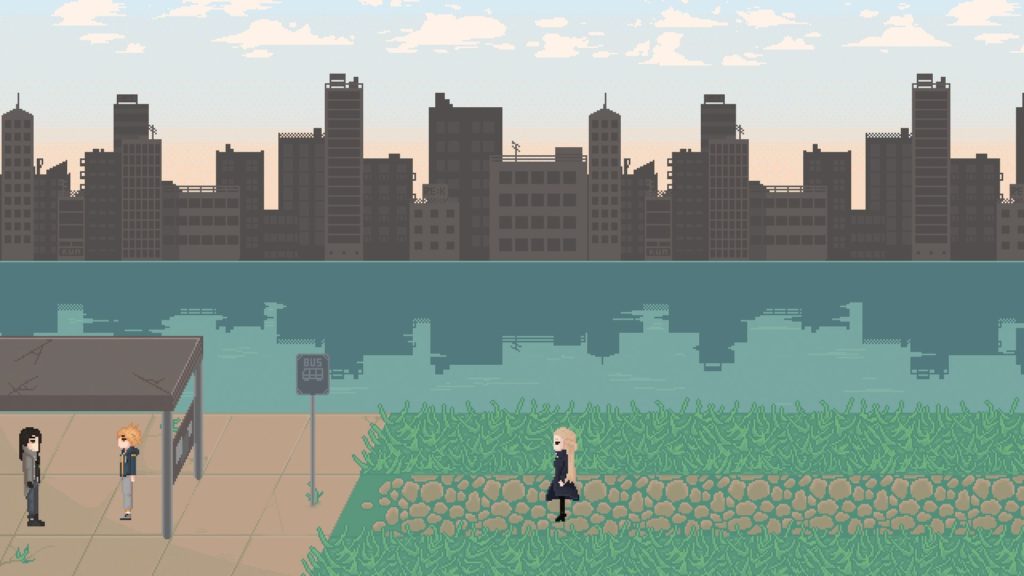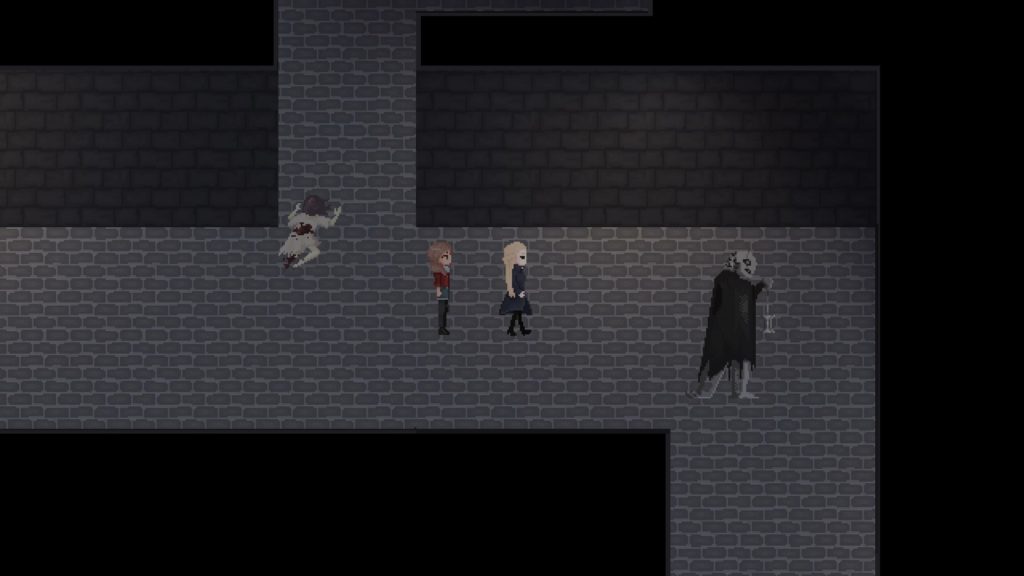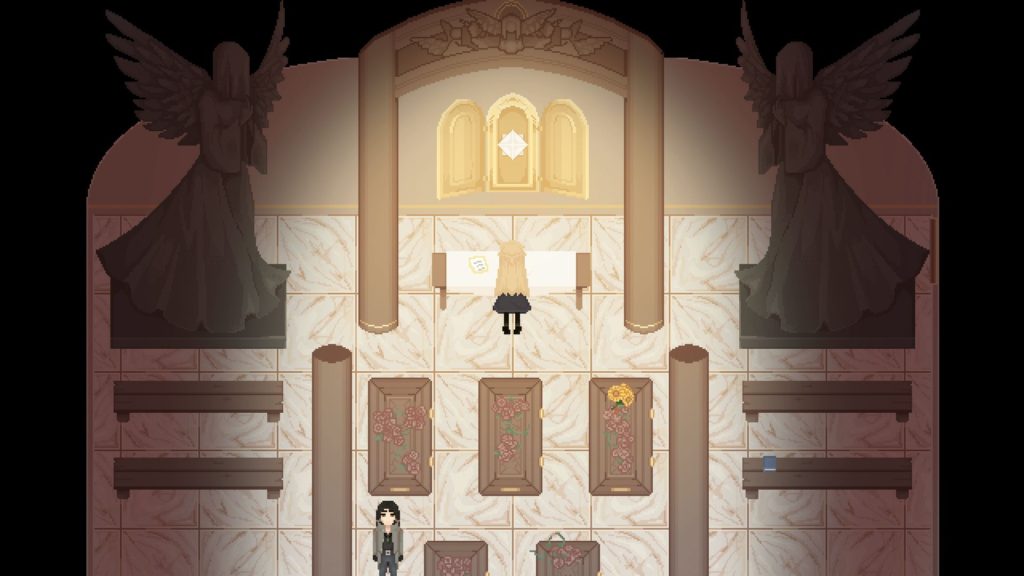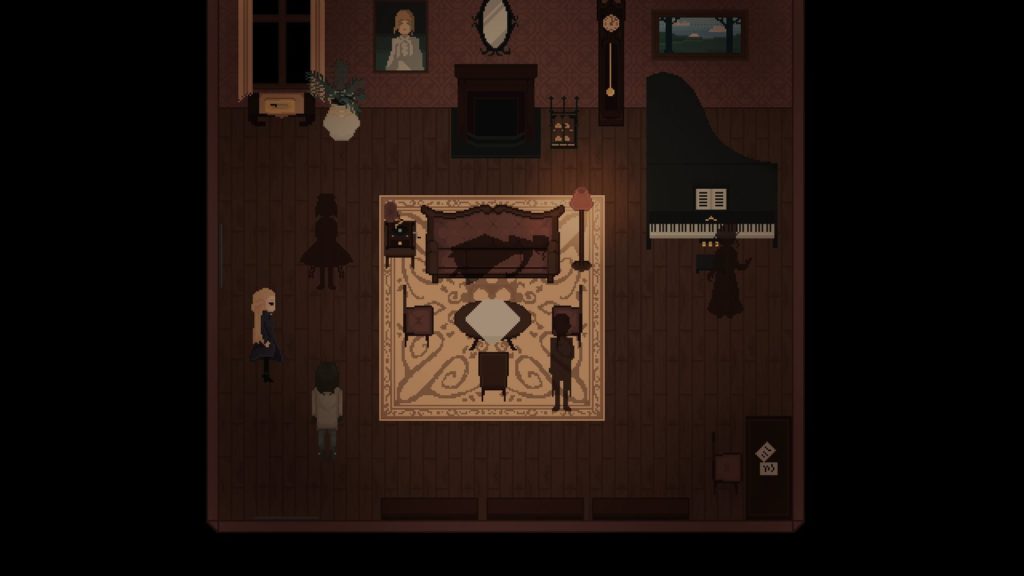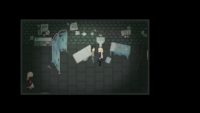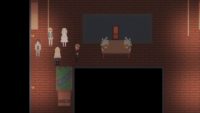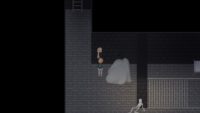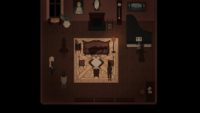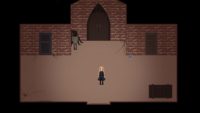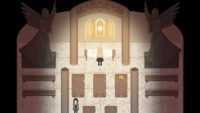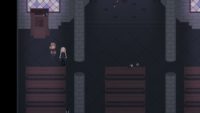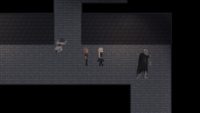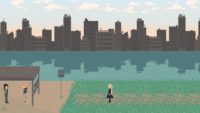Game: “Retrace: Memories of Death”
Retrace: Memories of Death

Long before the time of animated videogames, children, there were times when old folks like me only had books and text-based adventures to keep us busy. The Entertainment Dark Ages. *shudder* One bright spot in my text-based youth was a series of ‘choose your own adventure’ books, where rather than a linear story, you have a hand in the characters’ fates by making decisions for them. Paragraphs were printed in the book entirely out of order and each decision gives you a page number to flip to in order to see the result of your decision. They were often brutally difficult but could be very entertaining if they were well-written.
Designed and originally published by Spider Lily Studios in 2020, Retrace: Memories of Death is a sort of spiritual successor to these adventure books and with eastasiasoft porting it to the Nintendo Switch earlier this week, I thought I’d relive my youth and give it a go.
At A Glance
| Visuals | 5 / 10 |
| Sound | 6 / 10 |
| Gameplay | 4 / 10 |
| Overall | 5 / 10 |
| Positives | + Nice pixel sprites and hand drawn character portraits
+ Very interesting, multi-start/finish point premise + Well written characters and interactions |
| Negatives | – Heavy repetition of long text loops
– Decision and outcome trees horribly buggy – Abstract story leaves you scratching your head |
You play as Freya, a teenager who meets her three friends, Owen, Lucas and Mia, to go on a ghost tour. As they’re waiting for the tour bus to pick them up an earthquake hits, Freya is overwhelmed by darkness and you only have time to grab the hand of one of her friends, essentially choosing a starting point for your story. You find yourself in a strange place with no real understanding of how you got there and have to work your way through a series of rooms and puzzles in search of your friends and your escape. You quite quickly learn the rather macabre truth that something, or someone, is trying their best to kill you and it’s up to you to ensure that Freya and her friends all get out alive.
First impressions are pretty solid – there’s some nicely drawn character sprites, though their animations were anywhere near as well-crafted. More promising though, are the character portraits used during dialogue scenes; they’ve got a lovely hand drawn look, are well coloured and cycle through a few facial expressions to add a little emotional emphasis to proceedings. You’re very quickly given a sense of who each characters is and their relationships with one another which helps get you invested early on.
Without wanting to reveal too much of the story, opening the game with each of the three friends places you in a different room and effectively requires you to solve the same puzzles only a different order, working separate, but converging plot lines. Each friend has their own strengths, and you’re required to have each of them with you in order to complete certain problems, with the final goal to collect three keys in order to escape. Each room works as a standalone puzzle and as a collection they feel a touch thrown together, without a particularly strong theme to bind them, other than that they are all rather creepy. You can save your progress at one of many diaries that you find scattered around as you explore – these are important for later.
The interesting twist comes when you either die or get to a point where your decisions have left you unable to progress any further through the plot – described as reaching an ‘END’. You’re given some final dialogue for the remaining character/s and an artwork card representing how your story finished up, before being whisked into a sort of hub dimension known as the ‘Void’. Here you meet another mysterious character who describes to you that your death was not final and that, using a series of books, you can retrace your story; you keep your memories but are able to go back to replay the game from any point in order to change your decisions and see how they affected what happened. You can restart with any of the friends in any room that you saved the game in with them, offering a multitude of points to access the plot.
Impressions on the visuals do begin to unravel a little as you explore, with environments becoming a little bland and only the characters being animated at all. This lifelessness hinders the overall feel of the game, which is a shame. As an example, there are some lovely magpie sprites in one foreboding room, and it would have added to the atmosphere of the game tremendously had they had even simple animations to give them a little energy rather than being entirely static.
There are even examples where characters will describe things that are happening in the room rather than the designers actually creating sprites and animating them and having it acted out on screen. I imagine that resources were tight, but this comes across as rushed at best, or lazy at worst, and breaks any immersion in the story that you’d built up to that point. Whilst mimicking the adventure book style, I don’t think that should extend to using your imagination when you could have perfectly good sprites to animate the goings-on.
Sounds are equally sparse but are definitely more polished than the visuals. There are a few ‘click’ and ‘bang’ sounds to portray a few of your character’s actions, but again, nothing to really add atmosphere in the effects department. The musical score is well produced however, with some of the tracks doing a great job of emphasising the scene and portraying your characters emotions, though there are occasions where the music does feel a little out of place.
I loved the idea of replaying your actions and tweaking what you said or did in order to change the fate of your friends – it’s a fantastic premise to hang a videogame on. As Freya learns the consequences of her actions (or lack thereof) new opportunities arise, with previously innocuous options being highlighted as crucial to progressing through the plot more successfully next time. I’m a big fan of what Spider Lily Studios has tried to do here, unfortunately, the execution leaves a lot to be desired.
As you can imagine with any game hinging on the outcome of multiple decisions across multiple characters, the web of possibilities is pretty vast, even in a game that’s only three-or-so hours long. This spiralling list of choices and interactions seemed to have overwhelmed the design team, as the decision tree and the outcomes of your actions can be incredibly buggy. There comes a point where it feels like you’re running into an oversight every few minutes, with some issues so glaring that it’s criminal that they made it through the QA stages. In one scene I walked into a room to see a character killed before my eyes; leaving the room to explore elsewhere, I eventually returned to the room and found the character alive again and his death being replayed! I’m under no illusions that keeping track of a plot and mechanics revolving around dimensional/time travel and ensuring that it makes sense is a demanding task, but this stuff killed the immersion and comes across as amateur.
And as with any adventure game, the interactions between characters are pivotal, and this means that you have to replay the same chunks of dialogue over and over again each time you Retrace. This becomes tiresome early on and it puts you at risk of missing new interactions because you’re just so busy spamming ‘A’ to skip what you think is coming. It’s a shame you become predisposed to skipping the text because there’s a lot of like about the character dialogue in Retrace – it’s mostly well written, with characters coming across with depth, and their interactions thoughtful in parts too. I particularly liked that there was some strong language in places and that the group were LGBT+; there weren’t many strong references to sexuality within the game but the ones that were added came in the right places and felt like natural places to bring it up.
The overall plot, perhaps, isn’t as well constructed as the characters within it though. I was a fan of the grim and dark overtones laid out in the theme, but things get a little too abstract in order to fit the Retrace mechanic. The final scenes are particularly bamboozling and do little to tie up the loose ends you’ve gathered along the journey and there’s a sense of wanting the plot to be a lot more clever than it manages to achieve.
Overall, I think that trying to replicate the adventure book style with a grisly horror twist and reality bending plotline is an admirable undertaking, but I’m afraid there isn’t enough attention to detail to pull it off without a lot of confused eyebrow raising along the way. I certainly applaud the attempt here, but I’d say that Retrace comes off as more ‘pick your poison’ than ‘decide your own fate’ in the end.
In the interest of full disclosure, the publisher provided VGamingNews with a copy of the game in order to conduct this review.


